|
It is hard for me to believe that 3 weeks ago today I was getting off the Windstar ship in Osaka. In many ways it feels like months ago. In my last random thoughts post, I focused mostly on Japan. For this one I will describe the time we had in Busan, South Korea (with one follow up item from Japan at the end). We had one port stop in Busan. Due to a typhoon in the area, we had to readjust our itinerary and cancel two port stops in Japan. We docked in Busan for 3 days instead of the original one. That gave us more time to explore. South Korea isn't far from Japan geographically, but culturally, Koreans are quite different. The atmosphere was different, as well as things like food, fashion and architecture. Day 1 my husband and I headed to the fish market. It is the largest in Korea and they are known for on-site preparation of whatever it is you would like to eat. The fish and seafood are kept alive in small tanks and the expectation is you point to fish #1 and say I'd like to have that for lunch. The fish is killed and prepared in a restaurant upstairs. As someone who is mostly vegetarian and believes that all creatures should live and thrive in their environment, this market made me uncomfortable. The holding tanks were small and crowded. My husband, on the other hand, was thinking of eating one of the local delicacies....baby octopus....which is served alive. Even after hearing stories about how some people nearly choke because the tentacles stick to your throat as you eat it...the cost is ultimately what made him change his mind (thankfully!!). This fish market also extended outside and continued along several streets. The fish part slowly turned into more of a general market with kimchi, vegetables and spices. The outside section of the fish market did not have as much live fish---most were on ice or dried or salted. Day 2 was with a private guide and I think we literally saw every inch of Busan. Frank did an excellent job of showing us everything we wanted to see. Our first stop was at Haedong Yonggungsa Temple---supposedly the most beautiful temple in Korea (I've only seen two, so I probably shouldn't chime in on the issue). It is built along the ocean into the cliffside. The views are amazing and the architecture is gorgeous. As you enter, there is a walkway with stone tablets symbolizing each of the Chinese Zodiac animals (each representing specific years of birth). For example, I was born in 1976 and that was the year of the dragon. Once you complete that path, you start down a series of stairs down to the main temples. The area is forested and if you didn't know you were heading towards the ocean, the view around the bend would be surprising. Next we headed back towards the city. Busan is a beautiful city---there are several bridges with jaw dropping views and it is an interesting juxtaposition with all of the tall skyscrapers. We visited the United Nations cemetery in Busan. The remains of soldiers of all nationalities are interred here. I knew some about the Korean War, but after hearing the presentation at this cemetery, it was clear I only knew a small part of the equation. I learned that Turkey sent a large contingency to Korea during the war as they are considered brother countries---with ancestors going back hundreds of years sharing the same (or similar?) lineage. I only know enough now to know that I don't know enough. The cemetery itself is immaculate and well maintained. There are memorial plaques from many of the counties involved in the war and there is a large wall of names with a reflecting pool and eternal flame for all of the lives of Americans that were lost in the war. The last stop of the day was at Beomeosa Temple. This temple is outside of the city in the mountains (takes about 45 minutes to get there). We arrived later in the day and there were only a few other visitors. It gave the experience a surreal feel. There were lanterns with wishes attached at the bottom that are burned once all of the slots are full--bringing the wishes (or perhaps better to say prayers) to the heavens. In response to a comment from my last blog post, I will end with TOTO. When I visited Japan for the first time more than 20 years ago, it was a are sight to see a Western toilet. On this trip, nearly every restroom had not only a Western style toilet, but one with bells and whistles. I of course should have taken a photo of a TOTO toilet and all of its functions (to be clear TOTO is a brand of toilet, but there are other manufacturers of electric toilet seats) to help illustrate this point....but I guess I was so excited to use all of the buttons I forgot :) In all seriousness, I was a little scared of the options at first. Nearly all of the toilet seats had a heated feature and that one was usually turned on automatically, but others you had to choose. You could have water spray on your front side, back side, both sides at once. You could choose the water temperature (from cool to warm) as well as the strength of the spray (high-medium-low). There was an option to play music on some models as well as a button to have a flushing type sound play if you were embarrassed by the sounds your body was making. There were buttons that I had no idea what they did....even with the helpful pictogram shown on the button (some things just can't be explained with a stick figure person!). Once I got over my fear, I was hooked. It became part of my routine and now back in the States, it seems boring to only have a the option to flush. Japanese ingenuity at play again. There are still Japanese squat toilets available in restrooms (somehow I did take a photo of this) and it seemed to be a 50/50 split in most restrooms. It would be fascinating to know which demographic prefers the fancy toilet vs the squat toilet, but I imagine that is a conversation for another day :)
0 Comments
I would love to be the kind of person who could succinctly summarize a trip. When I travel, I seem to notice small things that are often unrelated to anything. Eyes wide open is not a bad thing...except when you try to write a blog :) So, in no particular order, here are my random reflections from my time in Japan. Japan is such a beautiful, clean and organized country. It is a strange contradiction that there are almost no trash cans (it seriously takes some searching to find one…), but there is also almost no trash. However, there are just about as many vending machines in Japan as people. Ok, slight exaggeration, but it is something close to 1 vending machines for every 23 people!! In said vending machines are plastic bottles and cans---much like we have in the States. There is also lots of packaging for food and snacks and when you check out of a store, you are also given a plastic shopping bag. Sounds like America. Then why do the Japanese manage to keep such a clean, pristine environment…..while American has litter nearly everywhere you look. I don’t have the answer, but it puzzles me, so I thought I would put the thought out there. Presentation is also an important component of Japanese society. Serving plates are artfully displayed and each item has its place (for example, a special small ceramic bowl for a block of sesame tofu...see my previous post about food). I’m not talking about 5 star restaurants…this is everywhere. Nice touches that make everything feel intentional (and beautiful). The photo below is of a piece of a chestnut candy. Less than $1 in a store and it looks like the fanciest piece of candy I've ever eaten (well, outside of maybe France...) I found the Japanese people to be very gracious and friendly. These chestnut candies were a gift at one of the ports we docked. There was an accompanying letter welcoming us and placed in our stateroom. I understand this was a small port that doesn't see many cruise visitors---so it isn't like they do this every day---but it felt genuine and was much appreciated. Each guide we had welcomed us off the ship like we were family. They were excited to share their culture and knowledge and took pride in Japan when we complimented something (architecture, food, cleanliness of the vehicles). All of our guides gave us a small token of appreciation. For example, an origami of a shirt with a few toothpicks inside or a paper crane for peace. In Takamatsu (one of the ports), the tourist office offered a bowl of their famous Udon soup. They offered this to everyone on board the ship---for free. Just for stopping by and seeing their city. The friendliness continued once we were off the ship. My husband and I took the train to Kyoto….we accidentally got on a local vs fast train and at one point there was a long message over the loud speaker in Japanese (it was rare to have announcements in English) and the fellow travelers were talking amongst themselves. Having blonde hair, I stuck out like a sore thumb. A random passenger turned to us and asked (in broken English) if we were going to Kyoto. When we said yes, she said there was some sort of signal problem and we had to get off the train. She basically said follow me. We would have NEVER been able to figure out what was going on without her and while we would have asked a train employee once we got off the train, we would have been delayed. The kind stranger took us efficiently to the next train with about a minute to spare before it left….probably saving us 30 minutes or more. On the return from Kyoto, I was looking at a map to make sure we were getting on the correct train back and within seconds, someone came over to offer help. He confirmed we were getting on the correct train and instructed us to wait in one of the lines to board. Super helpful. I’m not saying Americans aren’t helpful, but I’m not sure we (I) would be so fast to offer help (without being asked) to a stranger in our country. Something else to ponder... We were traveling with a few other people and we started to play a game to try and find a dirty car in Japan. I don't mean a clunker/junker...those we didn't see....I'm talking about a nice Toyota with pollen or dirt or something on it. We searched everywhere and I think we found one :) This was even after a rain. Many drivers wear white gloves (more so private hired drivers than taxi drivers) and the interior and exteriors of cars are immaculate. There is white lace along the seat backs and door trims that gives everything a pulled together look. Many of the taxis are what we would call “vintage cars” to be nice….perhaps from the 1970’s or 80’s, but the inside looks brand new. The care given to maintain that level of cleanliness must be immense. The ferries and trains we took were also very clean. Not sure if it is pride in ownership or an unspoken cultural rule or something else. Japan seemed very safe to me, so it surprised me in one spot (a Zen garden nonetheless) when someone suggested we put our shoes in a plastic bag instead of placing them on the shoe racks (you have to take your shoes off before entering) as to avoid the theft of our shoes. This was in a more touristy area, so perhaps that is where there was some concern?? Or perhaps this is a thing?? Again, a random observation.... One crime related note---Yakuza or organized crime in Japan is a concern. They are known for having tattoos and that is one way they advertise their affiliation. Well, my husband and I like to go to thermal baths and Japan is known for them. However, I learned quickly, that if you have a tattoo, you are not allowed in. No exceptions. This is true in other Asian countries as well as I learned in South Korea. Let me be clear, I have a colorful sun god tattoo on my shoulder---not violent or offensive by any stretch. However, the content of the tattoo has no bearing on the decision. I was surprised to find out this restriction even applied at the hotel spa at the Hyatt in Osaka. The spa is operated by an outside company and locals can purchase a membership, but I was still surprised by the sign at the spa desk. I think I could have swum in the pool, but I decided not to try (I think the restriction was for the sauna and relaxation areas). On a not crime related note (or perhaps part of that conversation...), we learned that there is not much religious diversity in Japan. The vast majority of the population is either Shinto and/or Buddhist. The and/or part is significant as it is allowed/accepted/normal to practice both religions. The Shinto shines are typically used to celebrate events of the living---births, weddings and other celebrations while Buddhist temples are typically used when someone dies. The signature of a Shinto shire is the Torii (sometimes called Otorii) Gate. This is the entrance to the Shinto Shirne and marks the transition from the mundane to the sacred. Meaning once you step through the gate you have entered another space and will practice ceremonies to purify and pray. Overly simplified, but that is the overall concept. I will stop for now. More from the trip to come in future blog posts....
I have so many thoughts and experiences from this last trip to Hawaii, Guam, Japan and Korea it is a bit overwhelming as to where to begin. So, I figure I'll start with that I know best....food :) Yes, those are Kit Kats....and yes, I bought more than just these flavors. I knew the Japanese had something like 20+ types of Kit Kats and was planning to get a few as gifts. I was thinking they were like in the States….as in you go to a 7-11 (very popular there) and go to the candy aisle and pick whichever flavor you like and pay maybe $1 a bar. Well, that is not the case. It is somewhat of a scavenger hunt. Some flavors are regional and you can only get them in that area. Some are only available in big boxes and some flavors are pricer higher than others (some much more expensive…relatively speaking). I found a Kit Kat store in the the luxury food section of the local department store. The Kit Kat store was fancy---beautifully presented (like all of the Japanese food stores) and it would have been easy to spend $50 to $100 on just a few boxes of Kit Kat bars. Wow! That was a bit unexpected. I also learned there are only a few of these Kit Kat stores, so I was lucky to stumble across one (didn't buy anything, but a chandelier make only of Kit Kats is a once in a lifetime experience). I decided to make the pilmagrage to Donki (Japanese short hand for Don Quiote) which is a huge discount store/supermarket. I was told they have the best selection. Donki is completely different than anything else in Japan---they play loud music (it was heavy metal when I was there) and things are somewhat disorganized. They have a little bit of everything (food, clothes, appliances, luggage....and at some stores designer items). I stuck with the first floor which was mostly food. They did have a Kit Kat aisle and I bought all of the flavors they had. I knew I had seen a few other flavors at other smaller stores, so I continued the hunt for a bit before I needed to head to the airport. Once at the airport, I had heard there were a few airport only versions...and so my quest ended just before the gate with 14 different favors. Not bad for 2 days of searching! On to some real food (back to sweet stuff in a minute...). We went to an Okonomi-Yaki restaurant on Miyajima Island---near Hiroshima. This is the Hiroshima regional variation...with noodles. They prepare it right in front of you on a hot grill. The pancake is poured from batter and left alone to cook for a minute or so and then cabbage is added (and pork, if you like). It looks like a huge amount, but the veggies steam down. The noodles are added and a cooked egg is put on top to complete the dish. Finishing touches of a sauce (similar to Worchestire sauce) and dried seaweed type flakes are added at the table. Hot, fresh and tasty! Staying with regional specialities of Hiroshima, let's talk maple cakes. I was lucky enough to have a couple right out of the oven. There are several bakeries that make them on the spot. The maple leaf shaped cake is similar to a sponge cake with a slight maple taste. Each one is filled---some places had more than 25 options--the most common were red bean paste, green tea cream, custard cream and chocolate. In one port stop, our guide took us to a typical Japanese business lunch. There were several small (maybe enough spaces for 20 people total) restaurants on the first floor of the office building. Nearly everyone eating was a man in a business suit. Each little restaurant had a speciality and ours was sashimi. It was a set menu with no variations (although they were able to make my egg custard without chicken with advance notice). The menu included a large bowl of raw fish and roe (fish eggs), miso soup, pickled vegetables, rice, cabbage salad, and egg custard (a warm savory custard). Each piece of fish was a bit different than your neighbors, but all included basically the same items. Total charge for lunch was right around $11, including a cold tea. In Kyoto we had another set meal. The Japanese art of presentation really shows at meal times. Everything is placed very intentionally and each item has its place. Some items even have their own vessel...like a small ceramic bowl for a slice of sesame tofu. Many of the set meals include only fish and vegetables making it easier for a vegetarian or pescatarian to eat well, even if you can't translate every menu item. The meal below had tofu cooked in soy milk (upper left hand corner) in which you were supposed to dip in one of two sauces---one like a fish sauce and the other more of a vinegar. In the red topped bowl was a hearty grain and rice mixture (very good) and under the other top was white miso soup. The other items were sesame tofu, pickled vegetables, sweet bean paste and mochi-like sweet (covered in a peanut butter powder). There were plenty of memorable meals, but I have to say my first experience with Korean BBQ was way more than I expected. First off, as a mostly vegetarian, I didn't think Korean BBQ had anything I could eat. Fortunately our guide, Frank, took care of all of the details so I could just sit back, relax and enjoy the show. There is an opening in the middle of the table for the grill and that is where the meat is prepared. That I knew. What I didn't know is that the meal comes with no less than about a dozen side dishes---varying kinds of kimchi, salad, pickled vegetables, bean paste soup with rice, and fresh lettuces and herbs to accompany the dishes. Everything was very flavorful and of course fresh. The fast cooking and atmosphere of the restaurant made it feel like lunch was an event. My favorite part was the cooked morning glory---something I always search out when I'm in Asia. I asked for several refills :) Well now that I have made myself sufficiently hungry, I'll end for now. More of my trip to come soon...
|
AuthorTracey is the owner of Unraveled Travel and has traveled to every continent (thanks to the recent visit to Antarctica! Archives
July 2024
Categories |
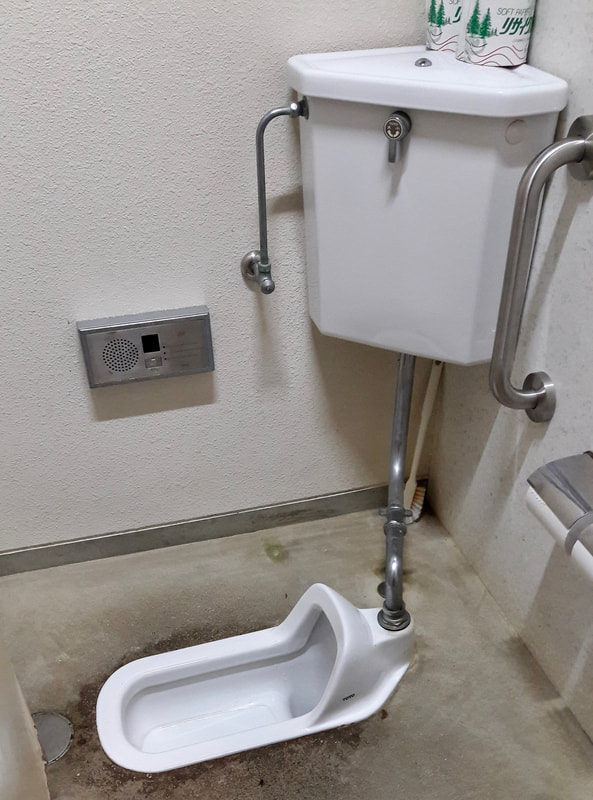
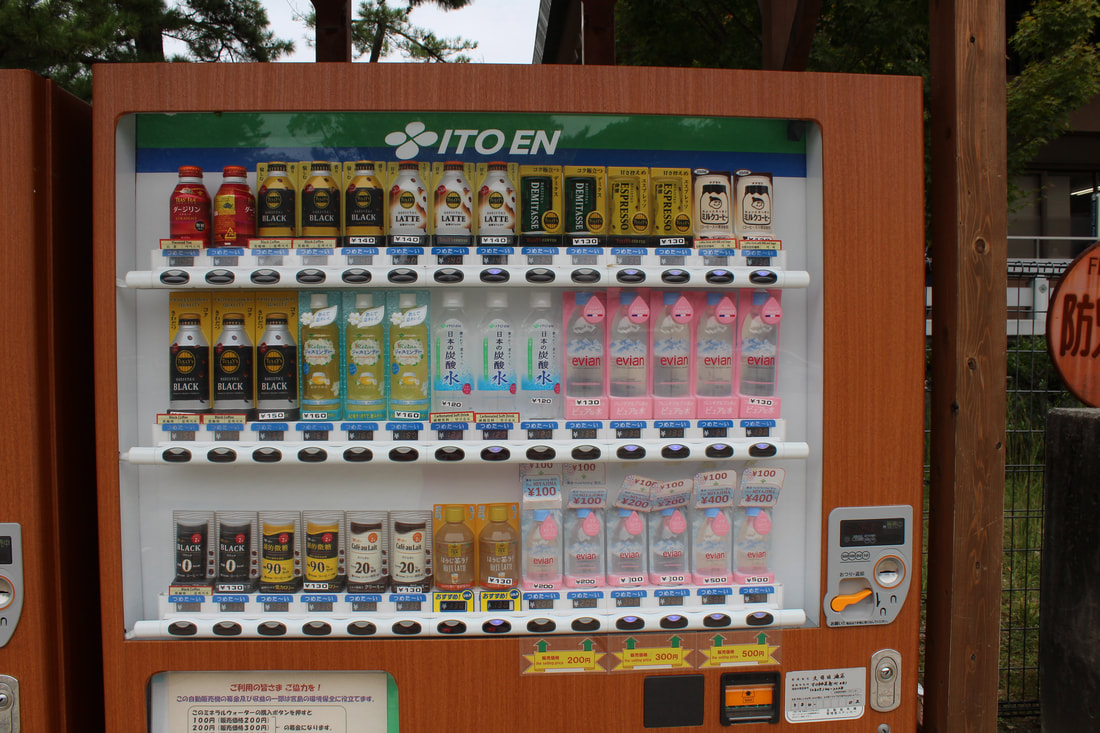
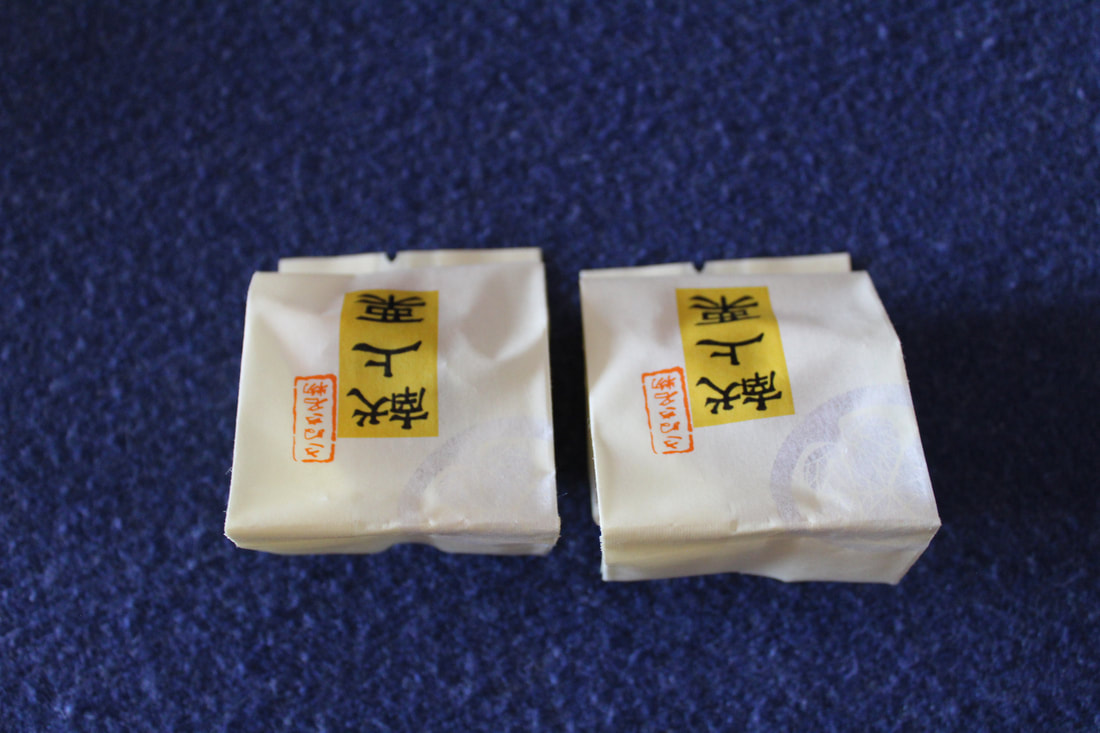
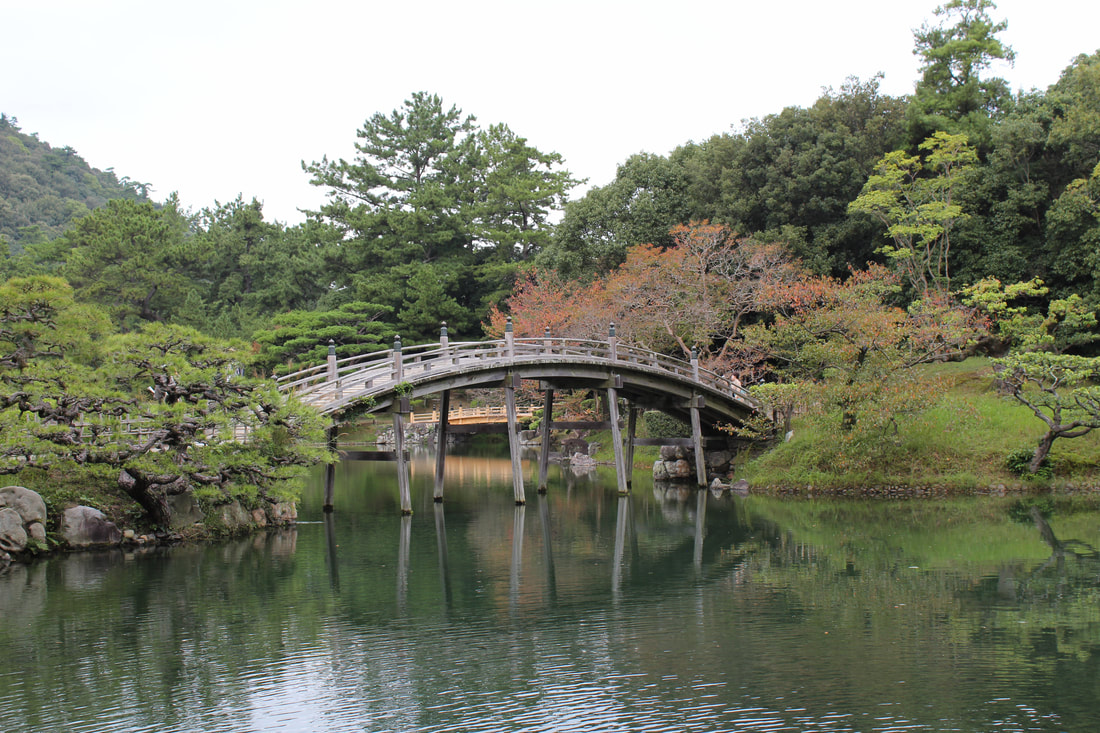
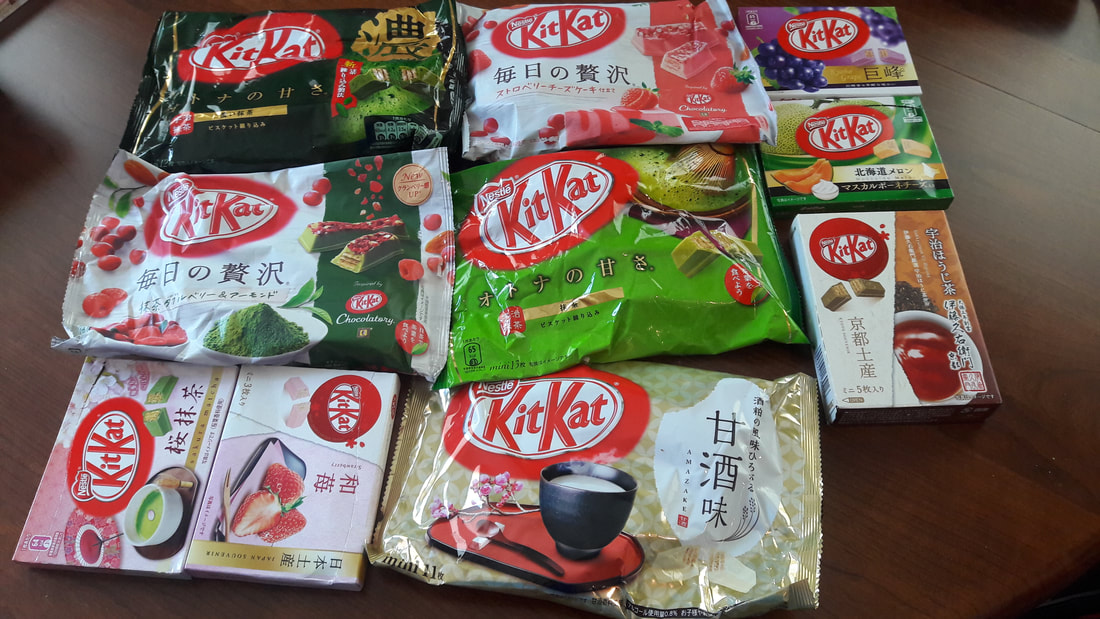
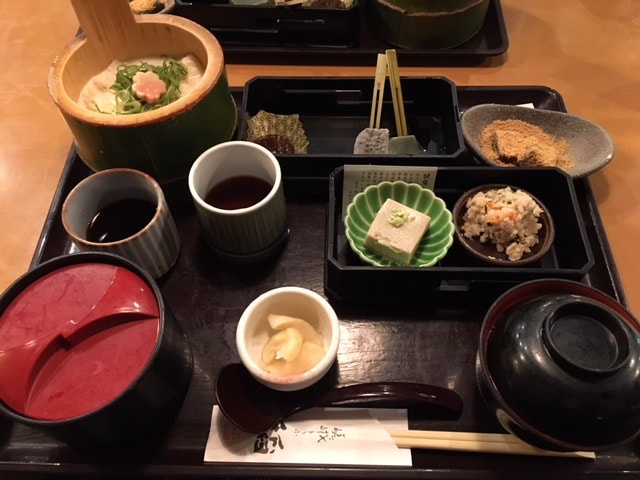
 RSS Feed
RSS Feed